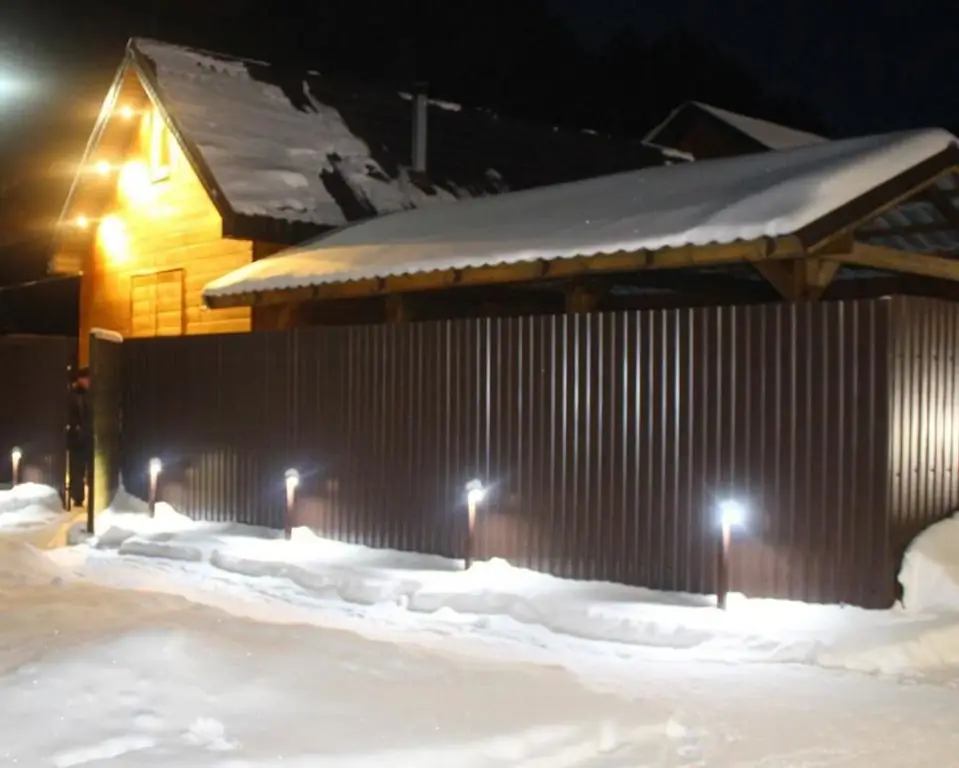- Author Harold Hamphrey [email protected].
- Public 2023-12-17 10:06.
- Last modified 2025-01-24 11:10.
The Sevastopol Aquarium is located on the premises of the Institute of Marine Biological Research of the Russian Academy of Sciences and is a part of this institution that is publicly accessible for viewing. It is not as big and spectacular as the Singapore, Dubai, Japanese and other famous aquariums, but it is an interesting institution with very informative material, numerous live exhibits and absolutely affordable prices. In addition, the Sevastopol Museum-Aquarium on Nakhimov Avenue became the first in Russia, and is also one of the oldest such institutions in Europe and has 120 years of history.

Features of the content of live exhibits
For a long time the Aquarium has been operating, employees have accumulated a we alth of experience in keeping all kinds of marine life in artificial conditions. The museum collection is constantly supplemented by exotic and rare representatives of tropical seas and oceans.
During the reconstruction of equipment in the mid-1990s, carried out inSevastopol Marine Aquarium, new, modernized closed-cycle systems for water purification were installed. This makes it possible to keep previously inaccessible species that are too susceptible to changes in water quality. Special s alt mixtures make it possible to create an aquatic environment for the inhabitants of different marine and oceanic regions. The area of the museum's five observation rooms exceeds 900 square meters, and each presents its own theme.

Hall one: colorful coral world
The exposition introduces fish, arthropods and invertebrate inhabitants of coral reefs. In small aquariums, you can see bright, amazingly colored fish:
- black dotted with white Dotted Comet;
- fish of a strange shape - orange-striped triggerfish;
- pale lemon zebrafish yellow;
- like a blue surgeon dressed in a diving suit and many other small fish.
Looking like exotic flowers, anemones are sedentary animals, but their tentacles are in constant motion, creating a current of water that directs the victim in the right direction. Several species of sea anemones live in the Sevastopol Aquarium. Bright crimson-scarlet "horse anemone", a representative of the Red Sea, refers precisely to the species that hermit crabs wear on their shells. Other varieties look like narrow-leaved asters and chrysanthemums, or resemble a bouquet of modest garden flowers with flat buds, like blue discoactinia.
Seahorses andhedgehogs, as well as assorted long-whiskered shrimp such as "blood red", "doctor", "dancer", "bamboo", "banana" and others. All representatives of coral reefs are small in size, therefore the aquariums of the exposition are small, which allows you to carefully see their inhabitants. This room also houses a shop selling nautical-themed souvenirs.

Second hall, the largest
The exposition presents two thematic sections: the inhabitants of the Black Sea and tropical waters. The middle of the room is occupied by a pool 2.5 meters deep, nine meters in diameter, with a capacity of 150 cubic meters. m. Large sturgeons circle around in it. Under the walls around the room there are 12 smaller identical aquariums, each of which has a special entourage for certain types of fish.
The tropical section is the most intriguing for tourists. Here you can see a honeycomb moray with a leopard color, a breathtaking color and bulging eyes of a large-spotted triggerfish, a sucker fish “stuck ordinary”, I’ll chew more on an exotic bird, a striped lionfish and other entertaining tropical representatives.

The fish of the Black Sea collection are much more modest in color, but no less interesting. There are many species of them in the Sevastopol Aquarium, including:
- bester - an artificially bred hybrid of the sturgeon family;
- bottom fish sultanka Black Sea or red mullet, catching small animals from the bottom,stirring up the sand with long tendrils growing from her chin;
- sea fox is a large species of stingrays that lives in the Black Sea waters.

Hall Three: Tropical Wonders
This section contains tropical reptiles, as well as inhabitants of the Atlantic, Indian oceans, African and South American coasts. There are predatory piranhas, luxurious 1.5-meter giant arapaima, graceful South American Aravans, Orinoc catfish, huge pacu, freshwater stingrays and other types of fish.
Among reptiles, the spectacled caiman is considered a favorite of children. Here you can also see an ordinary iguana basking under special lamps, similar to a fish with tiny paws of a blue-tongued skink, an albino “tiger python”. The exhibition features several types of turtles.

Hall four: stuffed animals everywhere
Small, compared to others, the room, which also represents reptiles and freshwater, which are few. There is a collection of inanimate mollusks, squids, octopuses sealed in flasks. Stuffed animals and models of various sharks and other giant fish are located under the ceiling and on the walls. An interesting model of the ruins of an ancient Cambodian temple has been created in one of the aquariums. Of the reptiles in the section, the crocodile caiman lives, with which red-eared turtles live in the terrarium, an active swimmer is the pig-nosed turtle, as well as loggerhead, green or soup turtles, Trionyx Nile and others. Here is also locatedtank with carpet sharks, reaching a length of no more than 1.25 meters.

Hall five, the most entertaining
New, opened in 2013, according to tourists, this section of the aquarium in Sevastopol is the most interesting. Here are very dangerous species from the depths of the oceans. Blackfin sharks swim in a large 40-ton aquarium, a 15-ton tank is reserved for moray eels, smaller fish and invertebrates live in other aquariums: fish - a stone or wart with poisonous spines on its back, the legendary puffer fish, hedgehog fish, pufferfish, other marine and river inhabitants, sometimes carrying a deadly threat. Each of them requires special conditions and diet: squid, shrimp, fatty or vice versa lean fish, sometimes preventive artificial food.

The latest acquisition on display at the Sevastopol Aquarium is a marble electric ramp capable of accumulating a 150-volt current charge, as well as an electric eel capable of emitting a 800-volt shock. These representatives require a constant water temperature in the range of 23-27 degrees and a certain concentration of sea s alt.
Working hours
The Aquarium of Sevastopol is open daily, seven days a week, from ten in the morning until half past five in the evening. Entrance is allowed and the ticket office is open until 17:00. If a group of at least ten people gathers, then a highly qualified specialist will conduct an hour-long interesting excursion. After the tour, you can again on your ownsee the entire exposition, because the time spent in the museum is not limited. Despite the fact that the institution on Nakhimov Avenue is far from the largest aquarium, the reviews about visiting this hospitable place were left with the warmest and most grateful.






